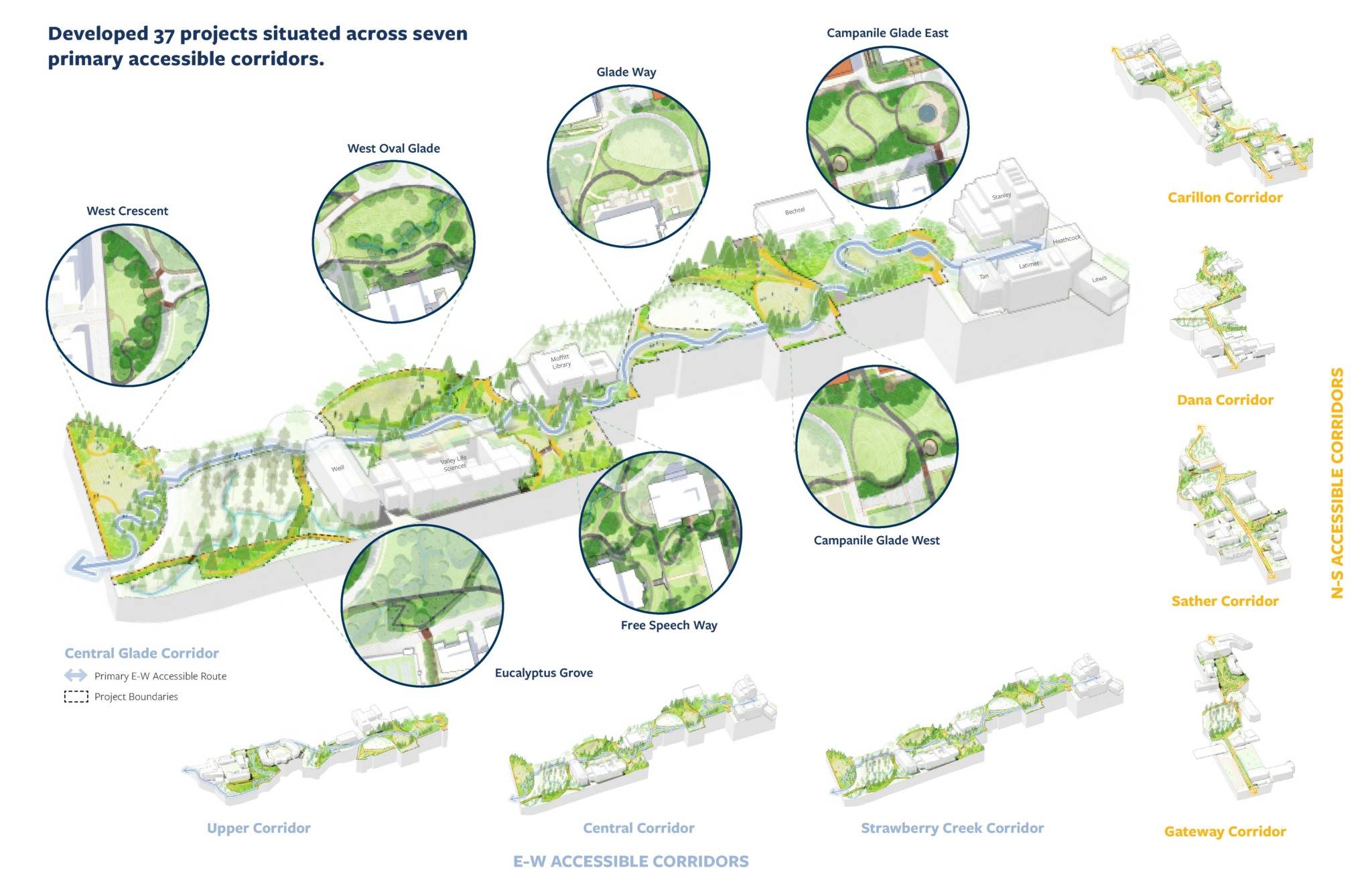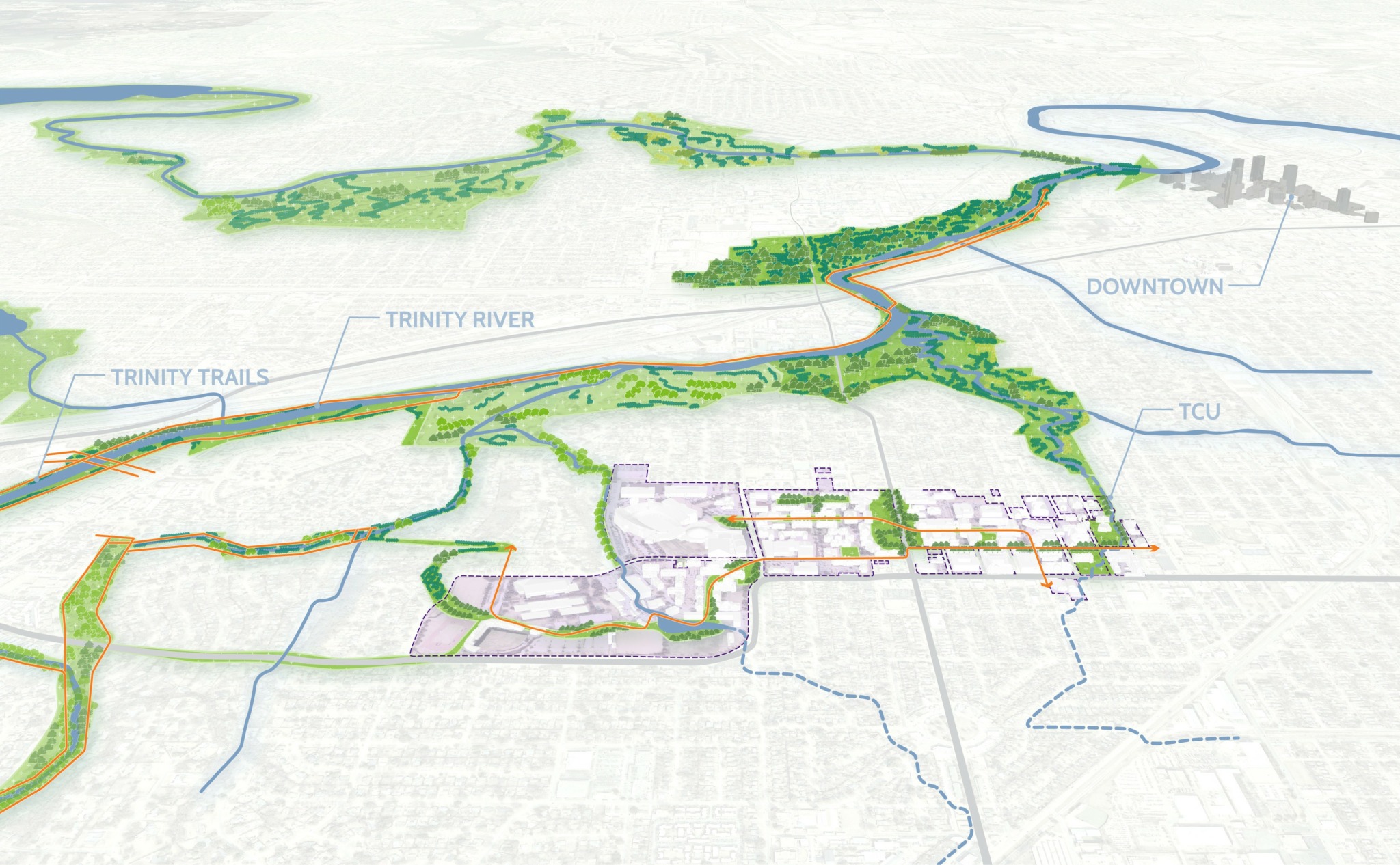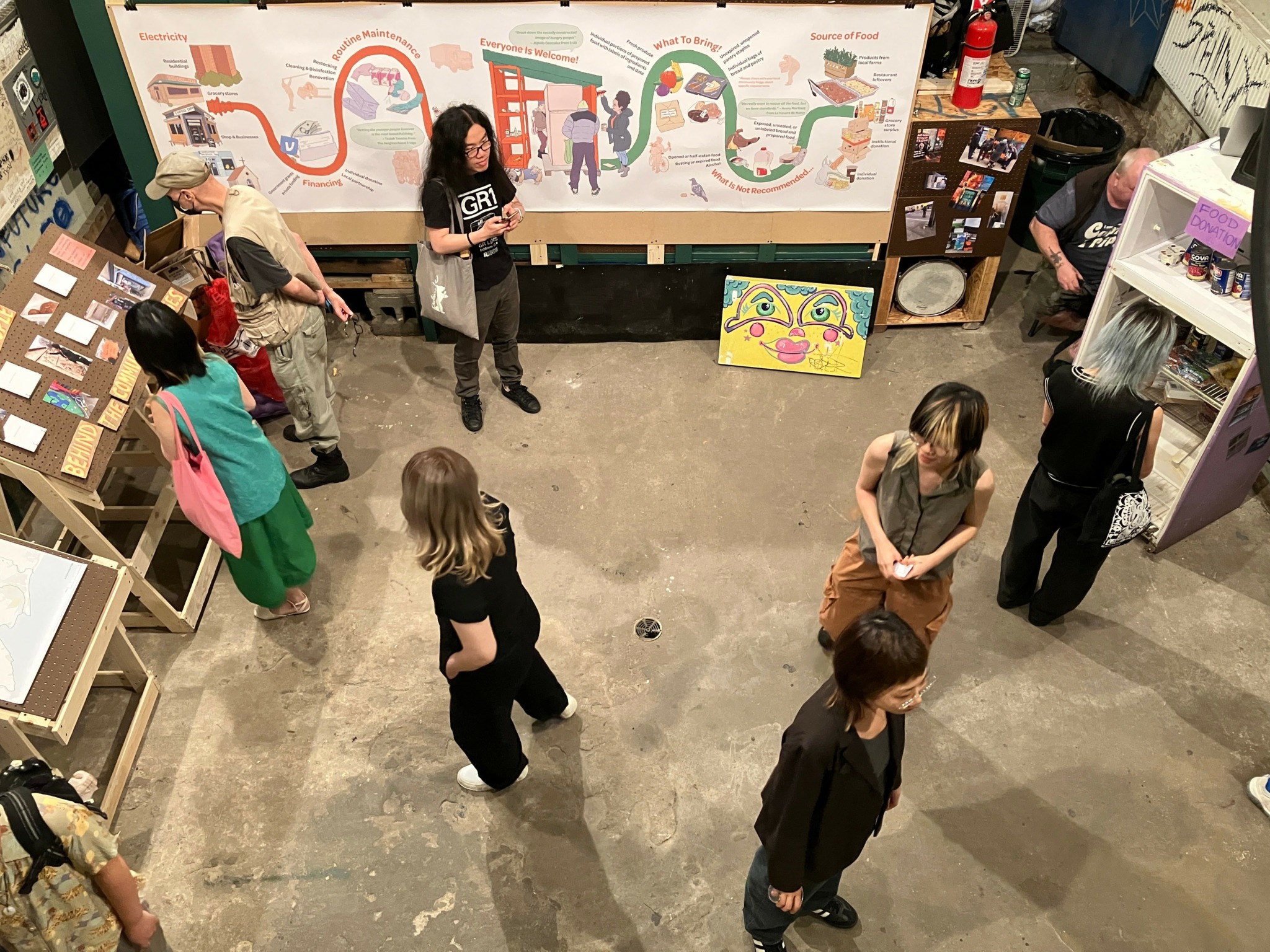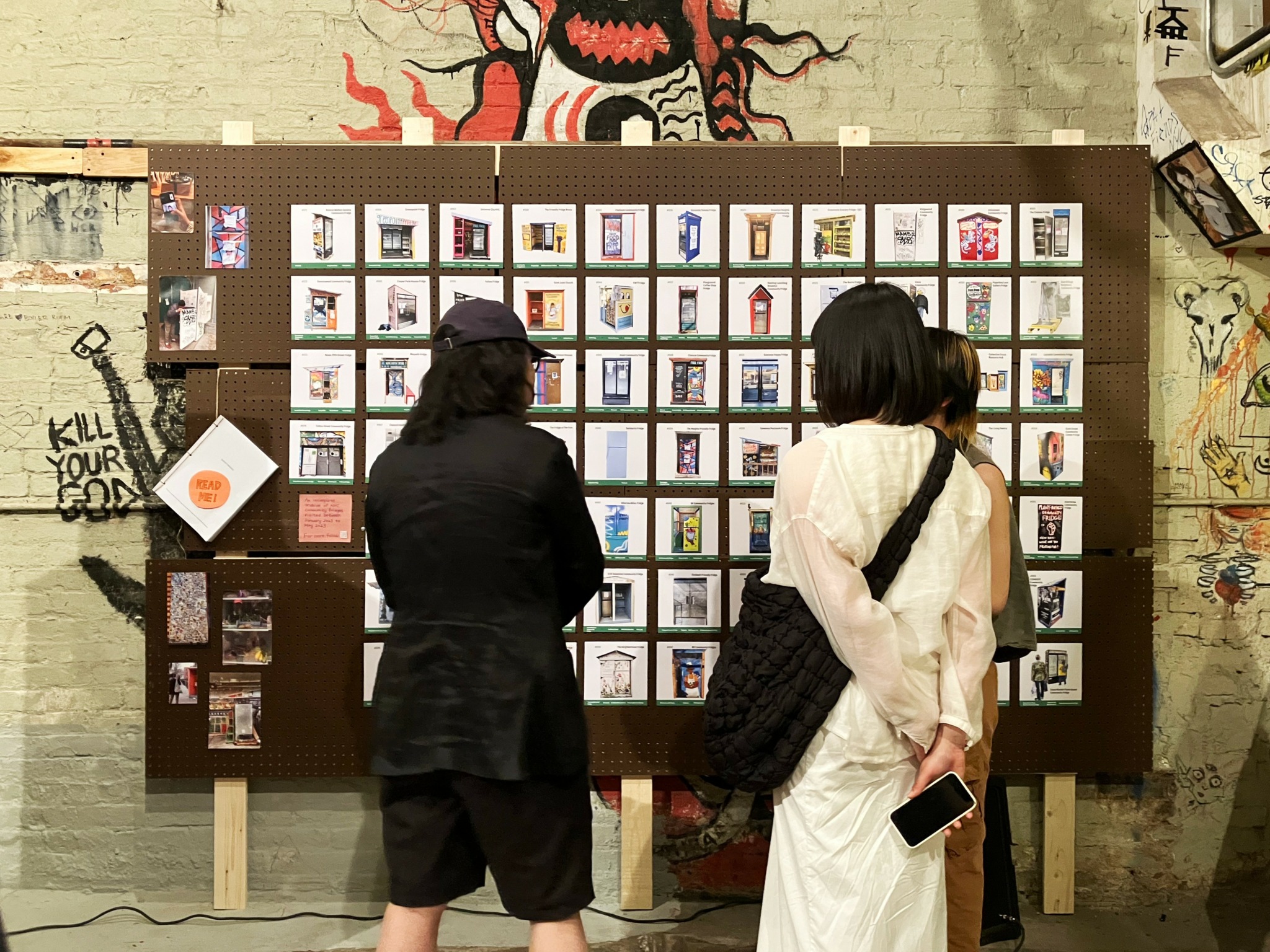We’re excited to introduce you to the always interesting and insightful Yiya Wang. We hope you’ll enjoy our conversation with Yiya below.
Hi Yiya, thanks for joining us today. We’d love to hear about a project that you’ve worked on that’s meant a lot to you.
I was horned to be part of the design team that worked on the University of California, Berkeley Accessible Paths and Places Master Plan. UC Berkeley is known for its leadership in disability rights, and this project went beyond just meeting ADA standards, but about making the entire campus a more inclusive space, one that could be navigated by everyone. With the understanding of people’s lived experiences and rethinking what design can truly achieve, our design team designed 24,800 feet of accessible pathways that connected not only buildings but also public spaces, ensuring that the campus felt open and welcoming for all.
During this project, I had the privilege of collaborating with a blind architect consultant and engaging deeply with people from various disability backgrounds. Through multiple site visits, our design team witnessed firsthand the daily challenges faced by users—like a wheelchair user taking four to five times longer just to get from a building’s entrance to its lobby or a blind person nearly stumbling on uneven ground. These experiences reshaped my understanding of what accessible design really means. It wasn’t just about building ramps or widening doors; it was about understanding the difficulty that everyone may face, about knowing that everyone is a minority at some level, about seeing space through the lens of those who experience the most obstacles, about creating spaces that serve everyone.
As we refined our designs and thought critically about how to improve the user experience, it became clear that accessibility is not an afterthought; it is integral to designing spaces that are inclusive, welcoming, and humane. This year, the project received prestigious awards like the ASLA National Honor Award, and SCUP Jury’s Choice Award, but what made this experience truly meaningful was how it forever changed the way I approach design. It taught me to think differently about how space is used, how time is spent navigating it, and how inclusive environments foster better experiences for all users, regardless of their background or abilities.

Yiya, before we move on to more of these sorts of questions, can you take some time to bring our readers up to speed on you and what you do?
I’ve always been captivated by drawing and storytelling since I was a child. I always knew that when I grew up, I wanted to create something beautiful that would connect with people and their experiences. It wasn’t until I began studying urban design that everything clicked—I realized this field was the perfect blend of observation, storytelling, and creativity that I had been searching for all along.
My journey in urban design has taken me from China, where I first studied and worked, to Carnegie Mellon University in the U.S., where I focused on community and public engagement, something that had always interested me. I then spent time in Amsterdam, learning about urban design at various scales and how European designers approach their work. This international experience shaped my understanding of how people live and interact in different parts of the world, deepening my passion for creating spaces that enhance daily life.
Now, I work as an urban designer in the U.S., and I’m proud to contribute to a variety of projects, from campus planning and town center designs to streetscapes and large-scale residential developments. Having worked across different cultures and scales of design, I approach each project with fresh eyes and an openness to new ideas. I’m always passionate about creating environments that not only solve problems but also make connections happen and make public life thrive.

What’s the most rewarding aspect of being a creative in your experience?
Every collaboration brings new perspectives and interesting people! I can never get tired of.

Is there mission driving your creative journey?
The core mission driving my creative journey is to foster community connection through design and creativity. Whether it’s through a large urban design project or a small community-focused projects, my mission is always to create spaces and experiences that connect people and make a positive impact in their everyday lives.
In my day-to-day urban design work, I always try to think about how each person will experience the spaces I create, and I aim to design environments where people can meet, connect, and build lasting memories. I believe that great design has the power to bring people together, and that’s what I strive for in every project.
Beyond my professional work, I also look for opportunities to explore urban design at different scales and dimensions. For instance, last year, I co-curated the exhibition “Fridge Street” in New York City with illustrator Xiran Luo and food researcher Xiaoya Yuan. This exhibit documented the network of community fridges across the city, using data from fieldwork, interviews, and research to showcase how these grassroots efforts build resilience within communities. What was special about this exhibit was that it attracted New Yorkers from all walks of life—people who actually use or contribute to these fridges, as well as those curious about food justice. It was incredibly rewarding to see how engaged visitors were, taking their time to read every piece of information and sharing their own experiences with us.
Contact Info:



Image Credits
Figure 1 & 2. University of California, Berkeley Accessible Paths and Places Master Plan. (Source: Sasaki Associates, Inc.)
Figure 3 & 4. Texas Christian University Campus Master Plan. (Source: Sasaki Associates, Inc.)
Figure 5 & 6. Fridge Street: Bridging Sites of Mutual Aid Exhibition. (Source: Fridge Street Curatorial Team and Friends)


